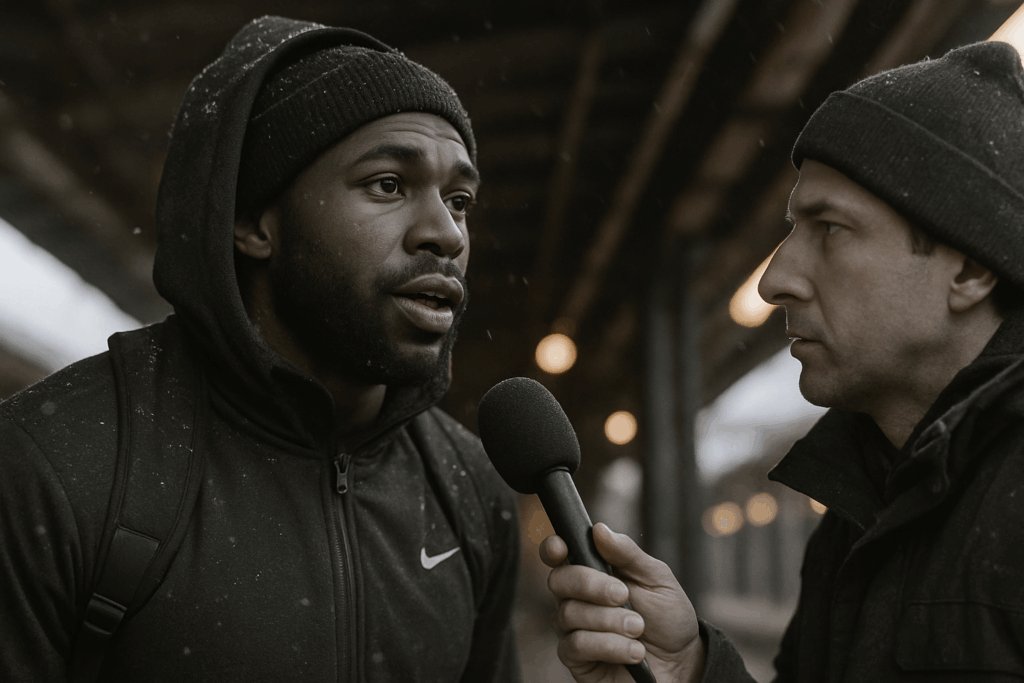Introduction: Beyond the Scoreboard
What separates elite athletes from the rest isn’t just speed, strength, or skill. It’s how they think. Their mindset isn’t some motivational fluff—it’s a practiced, disciplined edge that shows up when the pressure’s highest and the stakes are real.
While natural talent gets you noticed, mindset is what keeps you in the game. Anyone can train, but not everyone can handle the spotlight, bounce back from failure, or stay focused when things fall apart. Champions aren’t just good at their sport—they’re mentally wired to handle the grind.
This piece goes deeper than trophies and highlight reels. We’re looking at how top athletes prepare behind the scenes, adapt under pressure, and keep growing even when they’re at the top. It’s not about being perfect—it’s about being built for the long haul.
The Mental Edge
Pressure doesn’t care about talent. What separates elite athletes from the rest isn’t just physical—it’s mental. Before a big game, focus becomes currency. The best in the world guard it like gold.
Many have pre-game rituals. Some visualize game scenarios in the locker room. Some repeat the same warm-up routine to get their head in the right place. These aren’t superstitions—they’re structure. They help shift from outside noise to internal clarity.
Sports psychology plays a growing role. Athletes work with mental performance coaches to train focus the same way they train strength or speed. Breathing techniques. Mental cues. Pre-shot routines. It’s about creating a reliable mindset when adrenaline hits.
Then comes the tough stuff: the internal dialogue when things don’t go to plan. That’s where the real training shows up. Champions aren’t immune to doubt, they just know how to talk back to it. They control what they can, recalibrate fast, and never let mistakes call the shots.
Mind over muscle? More like mind steering muscle. And in the biggest moments, that’s the edge that counts.
Adapting Under Pressure
Setbacks are a given at the top level—it’s how champions handle them that separates the elite from the rest. Missed shots, costly turnovers, blown plays—these aren’t rare events, they’re part of the deal. What defines the best isn’t perfection, but composure. They don’t spiral, they recalibrate. Fast.
Elite athletes talk about failure like it’s fuel. A botched play isn’t the end. It’s a lesson banked for tomorrow. This kind of mindset doesn’t happen by accident—it’s trained. Starts with self-awareness. Add a coach or mentor who doesn’t sugarcoat things, and mix in regular film breakdowns that cut deep. Over time, errors become data points in a larger arc of growth.
Feedback carries weight in this world, but only when the ego doesn’t get in the way. In-game, that means taking direction, adjusting on the fly, and staying locked in. Off the field, it means reviewing, refining, and coming back with intention. The top performers are students of their setbacks—always evolving, never sinking.
Pressure doesn’t go away; the good ones just build a better response system. One that’s calmer, smarter, and not afraid to look straight at the mistake before moving forward. That’s the real edge.
The Strategy Behind Success
Preparation isn’t just practice—it’s pattern recognition. Champions don’t wing it; they study. They dig into game film hours on end, not for highlight reels, but for nuances: split-second decision patterns, shifts in tempo, physical tells. The goal is clarity. Knowing how an opponent plays before they even move. Good players guess. Great ones read.
Data backs the tape. From heat maps to shot-placement breakdowns, elite athletes are relying on analytics more than ever to expose holes in both their game and others’. The edge comes from matching instinct with proof. And when the competition evolves—which it always does—the recalibration begins.
Mid-season slumps? They’re signals. Not red flags. Champions use that time to reset mentally, restructure routines, and adapt. Sometimes it means refining a skill. Other times it means scrapping a strategy that used to work but doesn’t anymore. The best don’t stay stubborn—and they don’t panic.
When rule changes or new play styles enter the scene, elite players don’t resist. They reframe. A tweak in a regulation isn’t a loss—it’s a lever. They study what’s permissible, then bend the game within the lines. Staying elite demands agility, not just talent.
If you want to see how today’s top athletes handle these changes in real time, take a closer look: Player Insights on Adapting to Rule Changes and Trends.
Off-Field Discipline
Behind every peak performance is a routine that happens far from the cameras. Elite athletes don’t just train hard—they recover smart. Nutrition isn’t trendy for them; it’s tactical. Think precision fueling: macro-balanced meals, on-point hydration, and a deep understanding of how their bodies respond to food before and after game days. Recovery? That’s a full-time job too. Sleep is non-negotiable, cold therapy and mobility work are scheduled in like meetings.
Then there’s the mental discipline off the field. The best athletes draw a distinct line between who they are and what they do. Sport doesn’t consume identity—it complements it. This separation is how they stay grounded when pressure peaks or injuries hit. They’re not lost when the game goes quiet for a while.
Personal habits round it all out. Reading. Meditation. Unplugging. A lot of champions guard their downtime like game film. These aren’t luxuries—they’re fuel. Every minute spent in recovery, reflection, or real life feeds the next moment of greatness inside the arena.
Legacy Thinking
For the elite, winning isn’t the endgame—it’s a vehicle. Top athletes today aren’t just chasing medals or records. They’re thinking bigger: impact, mentorship, legacy. Once the spotlight fades, what remains? That’s the question they’re asking, and they’re answering it through action.
You see it in how they mentor younger teammates, fund grassroots programs, and sit on boards that shape youth sports policy. They’ve learned the hard way—what you do off the field runs deeper than any stat line. These champions are creating pipelines, not just trophies. They want to leave the game better than they found it.
When asked what they want their careers to mean, the answers rarely center on titles. Instead: opening doors, lifting others up, being someone younger players can look to and say, “Because they did it, maybe I can too.” That’s the real prize. A legacy isn’t built in highlight reels. It’s built in how many lives you touch once the cameras stop rolling.
Final Takeaways
Common Threads from Champions
Across every interview, a few consistent traits emerged—regardless of sport, background, or career length. These athletes are driven by more than stats or contracts. They prioritize mental resilience, long-game vision, and daily discipline.
Key patterns seen across the board:
- Mental preparation is non-negotiable: Champions train their minds as deliberately as they train their bodies.
- Growth over perfection: They value progress, often speaking about mistakes as learning moments rather than setbacks.
- Core values drive choices: Purpose, intentionality, and integrity shape both on-field decisions and off-field conduct.
Lessons for Players and Fans
You don’t have to be elite to apply the principles of elite thinking. The same mindset shifts that help champions win under pressure can guide anyone chasing long-term personal or athletic goals.
What can everyday competitors—and fans—take away?
- Adopt a growth mindset: Mistakes are feedback, not failures.
- Build rituals, not just routines: Mental cues and consistent habits reduce performance anxiety.
- View challenges as part of the process: High pressure is inevitable; your response is the difference-maker.
Why Legacy Matters More Than Stats
While career milestones and highlight reels get the attention, it’s the legacy athletes build that lasts. Every champion interviewed spoke about making an impact beyond the scoreboard.
Legacy is about:
- Mentoring and representation: Giving future generations something to believe in.
- Redefining success: Not just about medals or rings, but about building something bigger than yourself.
- Leaving the game better than you found it: Through leadership, innovation, or advocacy.
In the end, greatness isn’t just highlighted in highlight reels—it’s etched in how athletes influence the world around them.




